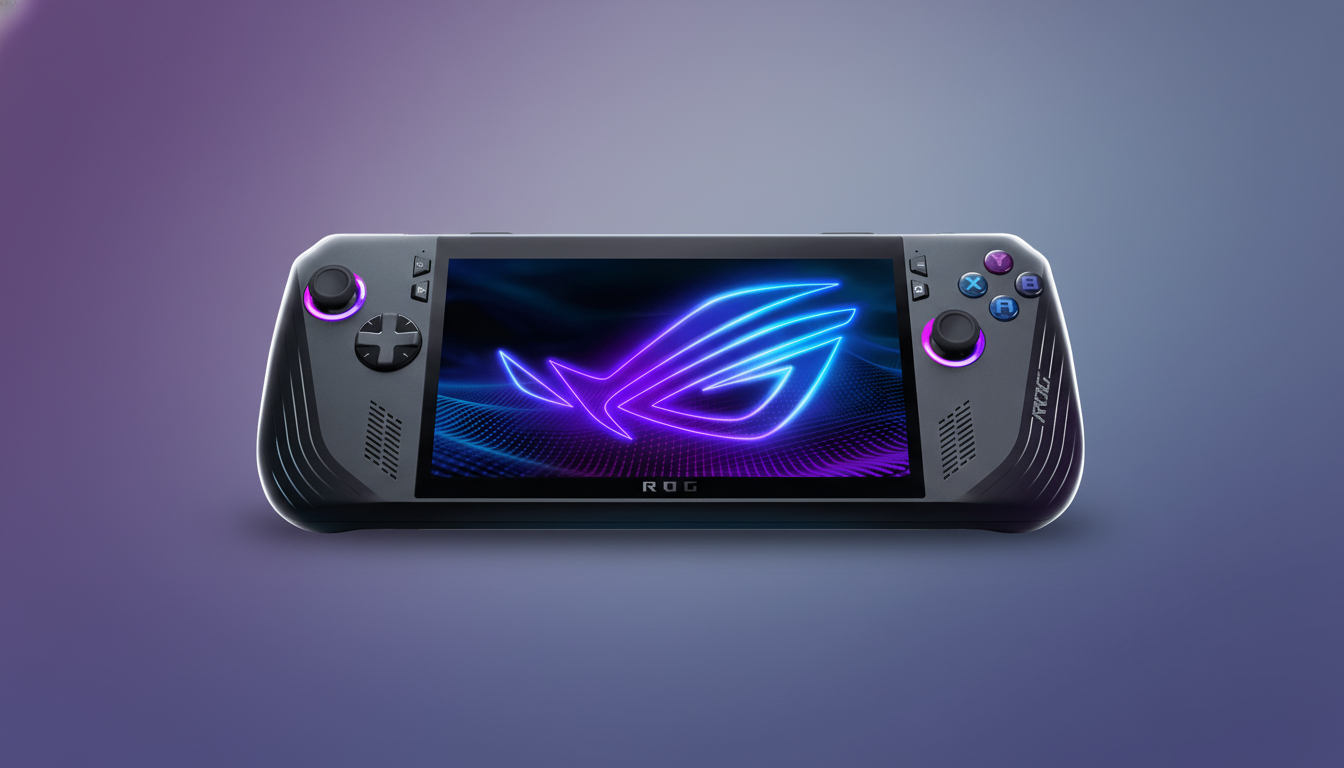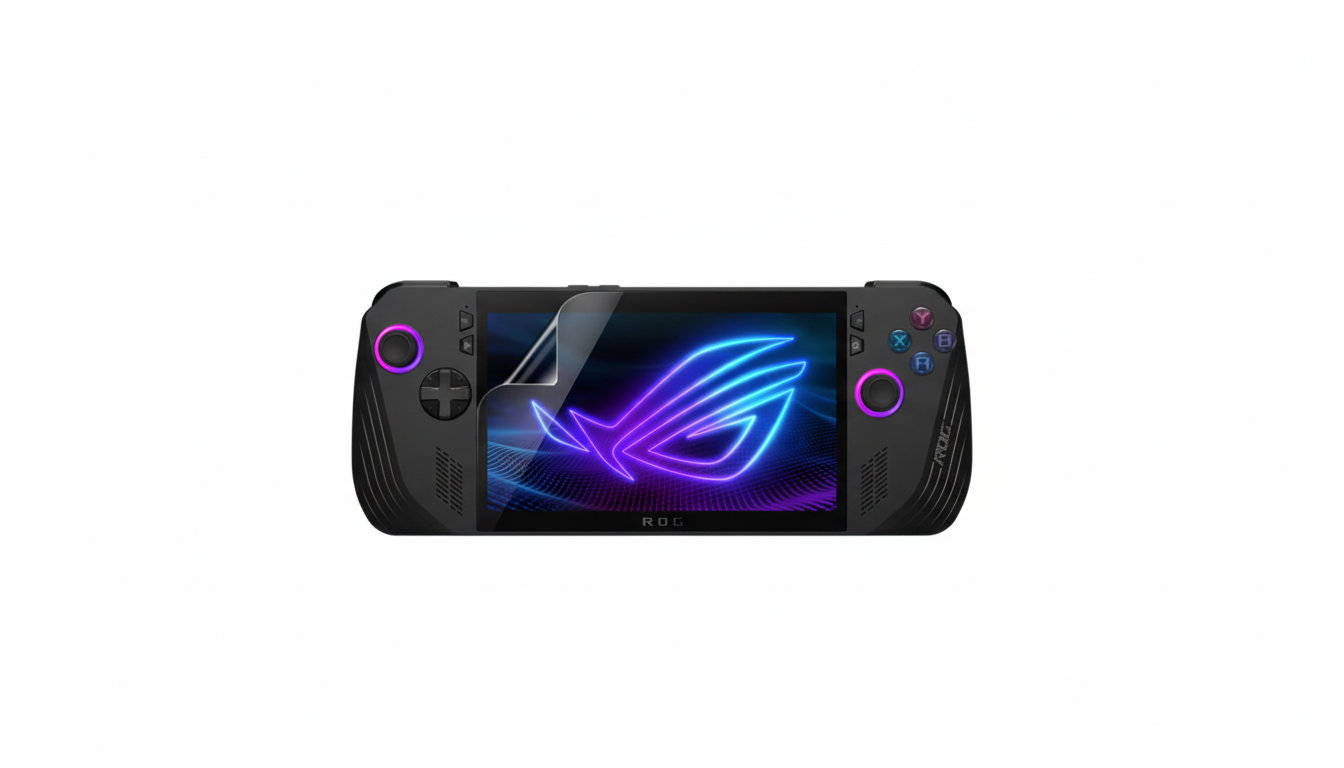Asus is ramping up production of its ROG Xbox Ally X handheld console after the premium version sold out faster than anticipated, with the firm telling investors that demand for the top spec has far exceeded internal estimates. The action is intended to reduce delays and ensure retail availability as interest in Windows-based handheld PCs gains momentum.
Production Ramp Will Help Bridge the Current Supply Gap
The potential of the Ally line was seen in the recent investor meeting conducted by Asus, which accounted for $96 million to $160 million per quarter from sales stemming from it. Company representatives agreed that the highest-end versions have been hardest to keep in stock and added, “Asus is working closely with component partners to increase allocation and throughput.”
- Production Ramp Will Help Bridge the Current Supply Gap
- Why the Premium Model Is Sold Out Across Markets
- Pricing and Configurations for the ROG Xbox Ally X Lineup
- Supply Chain Factors in Play for Handheld Production
- In Context with the Broader Handheld PC Market Trends
- What Buyers Can Expect Next as Production Increases

Translation: there are more units on the way. Asus will also pick up more APU, memory, and NVMe storage lots and some assembly capacity to shore up bottlenecks. The idea is to normalize inventory for the flagship configuration, and work to backfill lower-end models as supply slackens.
Why the Premium Model Is Sold Out Across Markets
The high-end ROG Xbox Ally X mates an AMD Ryzen Z2 Extreme processor with 24GB of RAM and a 1TB SSD — specs that should sing to the hearts of enthusiast purchasers who want to play modern Windows games as well as possess a large Xbox Game Pass PC selection.
So far, that version has sold out in the US despite its $999.99 price tag, which is a telltale sign that handheld PC buyers are more concerned with performance headroom and storage than entry pricing.
Windows Central was the first to note Asus’s investor remarks, which echo a larger pattern seen with other mobile gaming launches: when software libraries are expansive and install sizes bloat, the model that offered the most RAM and storage does better than expected.
Early runs of Valve’s all-new Steam Deck, and the company’s subsequent OLED refresh of the device (set to ship BYOLED — bring your own Linux) ended up showing very similar enthusiastic bursts in demand for higher-capacity SKUs.
Pricing and Configurations for the ROG Xbox Ally X Lineup
Asus’s lineup still has a cheaper model at $599.99 with an AMD Ryzen Z2 A processor, 16GB of RAM, and a 512GB SSD that is also easier to find.
But the difference in performance — for recent AAA titles, more demanding emulation, and multitasking that also uses Windows’ utility apps — makes the $999.99 configuration the halo device of this lineup.
Asus has not revealed unit sales, which is also par for the course in niche hardware categories. Nonetheless, the revenue guidance and lengthened stockouts indicate that early production targets were likely conservative relative to demand for the high-build.

Supply Chain Factors in Play for Handheld Production
So many other factors make or break a handheld gaming PC: the APU; LPDDR5 memory; high-stamina NVMe storage. Any tightness in those markets is sure to impede output. Asus says it’s cooperating with priority suppliers to help manage lead times, potentially involving more memory allotments and SSD sourcing but maintaining firmware consistency across different batches.
Battery supply also matters. Fan handhelds tend to have much bigger packs included to support turbo modes and higher TDP profiles. That’s one of the trickier production tasks: to scale that component while maintaining weight and thermals at 16 liters, to be honest, in this space.
In Context with the Broader Handheld PC Market Trends
The ROG Xbox Ally X is competing with Valve’s Steam Deck lineup and Windows-based rivals from the likes of Lenovo and boutique makers. Valve has a solid grip through aggressive pricing and refined software layering, but products like the Ally X appeal to players who seek native access to a wider PC environment (including Xbox app integration, anti-cheat-dependent titles, and game launchers beyond Steam).
Hybrid play — toggling between the desk, couch, and on the go — has given legs to portable PCs, analysts have noted. The Ally X caters more to that kind of use case, with a bit more muscle for gaming at 720p to 1080p on the road with settings cranked up for power-sipping efficiency, and docking options as well as external controllers fleshing out the living room experience.
What Buyers Can Expect Next as Production Increases
Asus’s production ramping should reduce lead times for the high-end Ally X over the next few weeks, but availability will vary by region and retail. Using history as a guide, the company will chain production of the flagship version to fill backorders and let gray-market premiums even out before shifting stock in-channel across the family.
That leaves the $599.99 model as a still-serviceable cost of entry to Windows handheld gaming for folks who just can’t wait, with storage upgradable down the line so it’s not quite such an immediate deal-breaker.
If you’re determined to capture the history on a 24GB/1TB rig, then it might be worth your while to watch key retailers and sign up for alerts once this production surge starts rippling through the supply chain.
The upshot: the ROG Xbox Ally X has momentum, and Asus is quickly stepping in to take advantage. With the premium SKU selling at a high rate, there’s no doubt that the handheld PC buyer is voting with his wallet in favor of performance, capacity, and ecosystem flexibility — a message Asus intends to hear more of, exactly.

